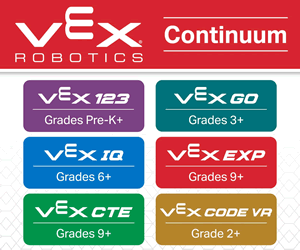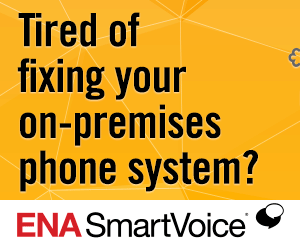When GEMS American Academy returned to in-person schooling after the COVID shutdowns, one of the first things our positive behavior interventions and supports (PBIS) team noticed was that we had a significant increase in behavior problems. We knew that our students would respond well to rewards for positive behaviors, but in the past, we found it difficult to manage a schoolwide system and to ensure it was used consistently by teachers.
We decided to continue using our updated House system, CritterCoin, to track positive behaviors and manage rewards, and took some extra steps to encourage teachers to use it. Each year our use of the system has grown. In year one, some teachers struggled to make the transition, but those same teachers are now taking the lead in using it to encourage positive behaviors in their classrooms. Here’s how we’ve been working to bring teachers and students on board.
Addressing Negative Behaviors
Though we believe the most effective way to improve student behavior is to encourage positive behaviors, negative behaviors don’t just go away if we ignore them. In order to be able to fully address them, we need to have the necessary data to be able to identify key areas of concern. We’d previously been using a shared Google form where all teachers could log negative behaviors, but this data can easily be lost and is hard to track. Due to those struggles, we are moving our behavior tracking system over to PowerSchool so that our admin is able to see the log of information for any student for as long as they are in our school.
Once that data is all collected together, we can see patterns, such as cohorts of students who are having a difficult time or problem areas in the school where incidents tend to occur more frequently. If we notice that young students are frequently having issues in the bathroom, for example, we will send lesson plans to the teachers in those early grades so that they can take their students to the bathroom—or wherever else the behavior is occurring—and teach them what the expected behaviors in that place are.
We also have posters printed to put up in specific areas, such as the hallways, bathrooms, classrooms, auditorium, outdoor play areas, and even on the iPad and laptop trolleys. These also focus on the positive behaviors we’d like to see in those areas, which are all based on our four values. Those attributes are that we are Respectful, we take Ownership, we have a positive Attitude, and we are Responsible. Our school mascot is a wildcat, so we use the acronym ROAR to help students remember these attributes.
How Our PBIS System Works
To award and track points by students and by House, we use the CritterCoin system. Right now we have two separate systems because our secondary students were using a different set of values to identify positive behaviors, but we plan to combine the two with a single set of shared attributes in the next few years. We also plan to add a school-wide display with the running House totals at the same time.
- SEO Powered Content & PR Distribution. Get Amplified Today.
- Platoblockchain. Web3 Metaverse Intelligence. Knowledge Amplified. Access Here.
- Source: https://www.eschoolnews.com/sel/2023/02/15/pbis-positive-behaviors/
- 1
- 10
- 28
- a
- Able
- abu dhabi
- Academy
- address
- admin
- After
- All
- American
- and
- areas
- attitude
- attributes
- author
- award
- banner
- based
- because
- believe
- board
- bring
- Center
- coach
- COM
- combine
- Concern
- continue
- contributors
- Coordinator
- could
- Covid
- data
- decided
- description
- Dhabi
- different
- difficult
- Display
- Dont
- each
- Early
- easily
- Effective
- encourage
- ensure
- Even
- example
- expected
- extra
- few
- First
- Focus
- form
- found
- frequently
- from
- fully
- Go
- grown
- Hard
- having
- height
- help
- House
- How
- HTTPS
- identify
- improve
- in
- Increase
- information
- Innovation
- iPad
- issues
- IT
- Key
- laptop
- lead
- lesson
- Long
- make
- manage
- Media
- more
- most
- moving
- necessary
- Need
- negative
- next
- ONE
- order
- Outdoor
- ownership
- past
- patterns
- Place
- plan
- plans
- plato
- Plato Data Intelligence
- PlatoData
- Play
- points
- positive
- Posts
- previously
- Problem
- problems
- put
- reached
- remember
- Respond
- responsible
- Rewards
- running
- same
- School
- secondary
- separate
- set
- shared
- shutdowns
- significant
- single
- So
- some
- specific
- Steps
- Struggles
- Student
- Students
- such
- Supports
- system
- Systems
- Take
- taking
- teachers
- team
- Technology
- The
- their
- things
- time
- to
- together
- track
- Tracking
- transition
- updated
- use
- Values
- What
- which
- WHO
- will
- working
- would
- year
- years
- young
- Your
- zephyrnet













